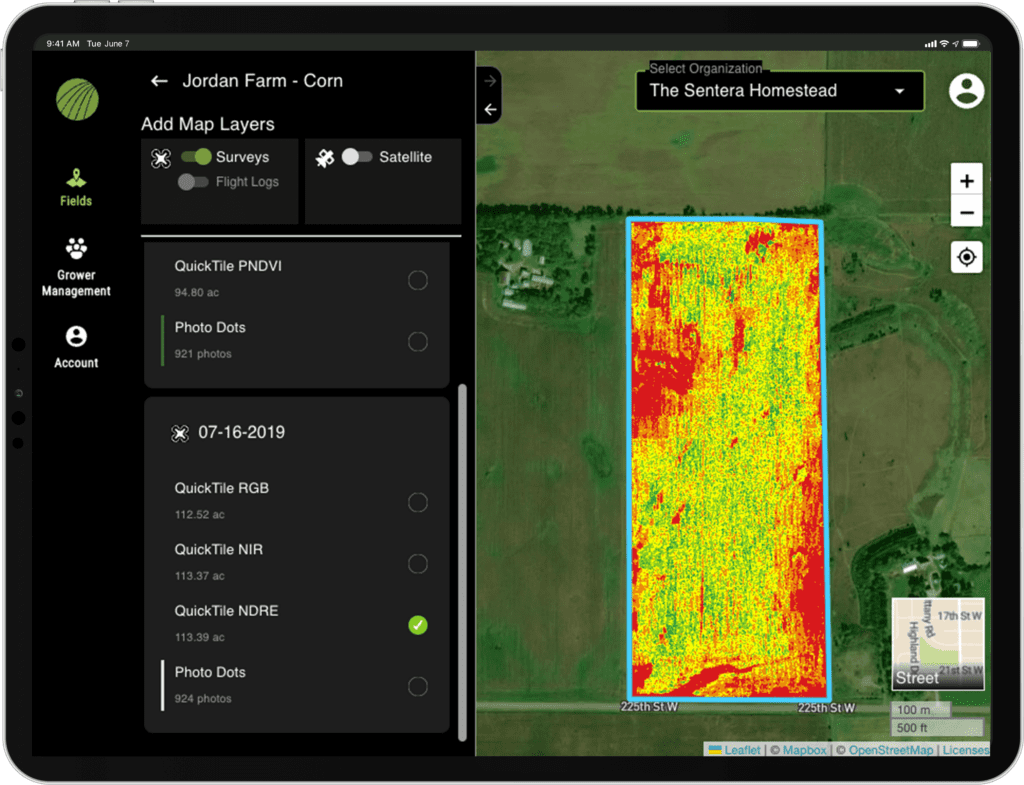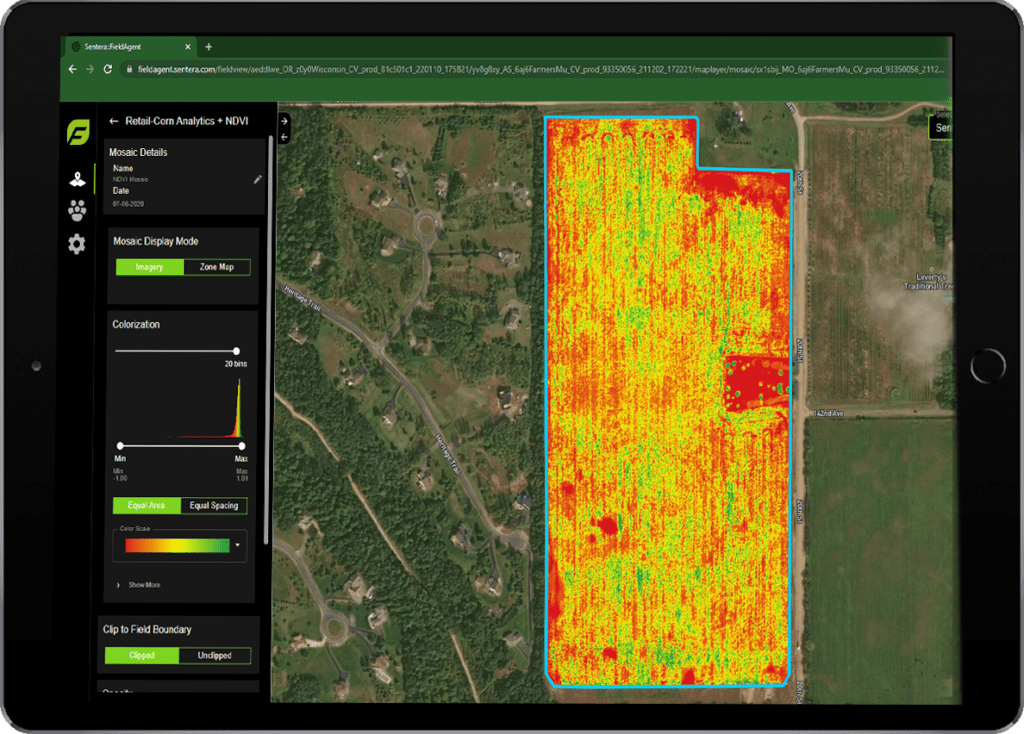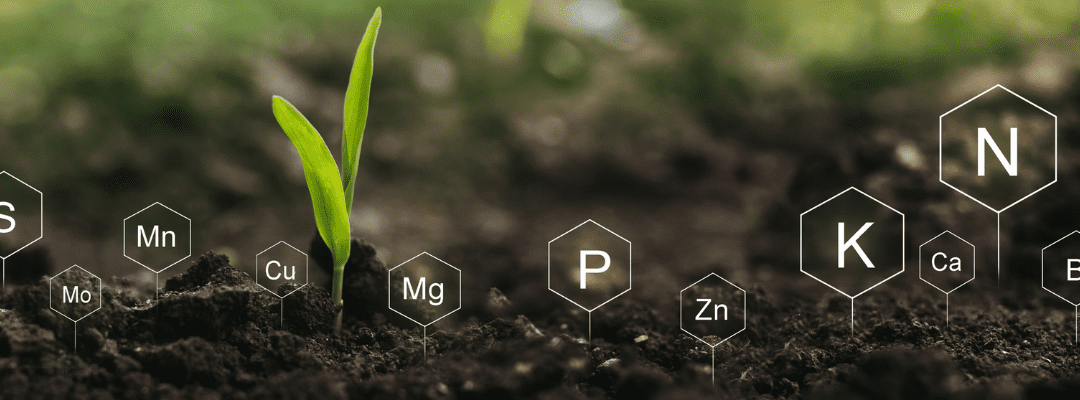Did you know the population is expected to grow by over two billion in the next 30 years? This population growth is going result in a surge of resources (like land and water) – pushing each industry to find more sustainable options.
Keeping the continuously growing population in mind, the demand in agriculture isn’t likely to slow down anytime soon. And maintaining this growing demand is proving to be rather difficult with prices going up and resources plummeting.
With the challenges facing not only the agriculture industry – but the entire world – we have been struggling with limited resources, higher prices across the board, and climate-related issues. This begs the question, “what are solutions to these challenges?” Ag technology has stepped up to get more with less – which is essentially what we need.
What’s the Problem with Nitrogen Fertilizer Use in Agriculture?
How does nitrogen tie into the problems facing the agriculture industry? Well, since nitrogen is a universally used fertilizer, it is in high demand. And as we know, we are facing resource scarcity which is ultimately leading to higher prices and lower supply – resulting in increased difficulty getting products needed.
The agriculture industry has been battling some brutally high nitrogen prices since the later months of 2021. There are a variety of factors that have contributed to the rise in nitrogen prices and the limited availability of products, including:
- COVID-19 side-effects
- Supply chain issues
- International conflict
- Weather causing manufacturing shutdowns
Not only are nitrogen inputs hurting our pockets, but they can have a damaging impact on the environment (if improperly used). Now these negative side effects are not occurring every time nitrogen is being used, we see then more with misuse of applying and managing the fertilizer.
Just because nitrogen fertilizer use in agriculture is so popular, does not mean it is always properly utilized. Like with most fertilizers, the overuse of this product is not only damaging to the crop’s health and development, but also can have detrimental impacts on the environment. Excessive or improper nitrogen use can lead to:
- Runoff, carried off with rainwater resulting in polluting unintended areas
- Denitrification, potentially creates nitrous oxide which is a greenhouse gas
- Leaching, moves nitrate through the soul – entering underground and surface water
- Luxuriant growth, results in plants being more susceptible to disease
And all of those have direct impacts on each and every one of us.
To the Rescue: Multispectral Technology
Innovation comes from necessity – and we are in need of more sustainable and efficient options. With economic and environmental factors causing a strain within the industry, leveraging ag technology provides a clearer picture. Precision agriculture has stepped in to provide a more sustainable future – financially and environmentally. How exactly? By providing precise and accurate measurements to determine just how much product to use.
Multispectral imagery provides a detailed look into plant performance and health that cannot be detected by the naked eye. Aerial imagery already provides a faster method of data collection vs. manual alternatives. So, adding multispectral technology further enhances data capture by picking up on otherwise undetectable indicators.
Multispectral sensors assist in determining key inputs performance by capturing the data needed to understand the relationship between the inputs and plant health. By tracking plant heath throughout the season, you can validate outcomes and maximize performance by understanding exactly what is occurring and determining the why.
Let’s dive into two of the most popular multispectral indices: Normalized Difference Vegetation Index (NDVI) and Normalized Difference Red Edge (NDRE). Both of these multispectral indices capture insights into water management, crop’s reaction to nitrogen, soil health, and crop canopy.

NDRE Example

NDVI Example
By monitoring plant health using different light bands, you can get a deeper understanding into what is happening and why it is happening.
The Impact of Multispectral Technology on Nitrogen Challenges
The imagery captured by multispectral sensors can be analyzed and used to power critical decisions and validate outcomes. What does this mean exactly? It helps with ensuring that you are using the correct amount of key inputs, in the correct areas.
Precise and accurate planning for nitrogen fertilizer use in agriculture can be broken down into two main perks:
- Reducing costs
- Pushing sustainability
These are two generalized advantages of leveraging multispectral imaging technology but when you get into it, there are numerous benefits. The insights picked up by multispectral imagery go beyond just identifying crop health – we are then able to translate the imagery directly into tangible decisions.
By indicating how, where, and when to apply nitrogen fertilizer allows you to plan accordingly – allowing you to avoid overusing, misusing, and essentially wasting valuable inputs (like nitrogen). Multispectral imagery also blows manual methods out of the park in terms of efficiency and needed labor. And with today’s prices and resource and labor scarcity, this saves you time, resources, and money.
And if saving money, time, and resources isn’t enough motivation then let’s discuss multispectral technology’s impact on providing more sustainable options for the environment.
Sustainability has become a popular buzzword across many industries who are seeking more environmentally friendly and withstanding alternatives. The ability to capture data on key factors allows you to avoid, target, and adjust to certain areas.
Multispectral imagery’s ability to pick up on soil health allows you to predict the reaction of adding inputs. The data provided allows you to adjust and avoid deficient soils that are prone to leaching, denitrification, and runoff. This ties in with indicating problem areas, which can result in both avoidance and targeting. By pinpointing exactly what areas need what, you can avoid over application and wasted product that would have occurred if it were done blindly. And picking up on the plants’ reaction to inputs does the exact same thing.


